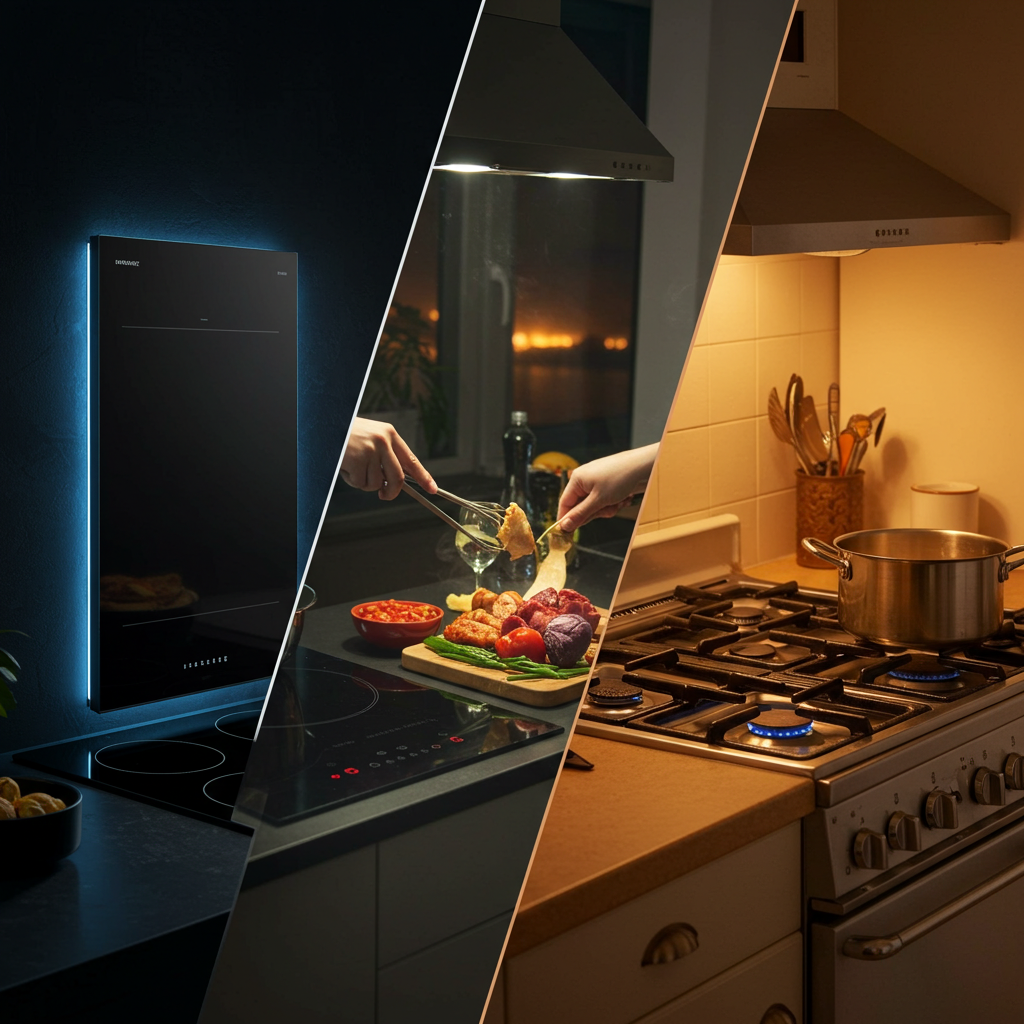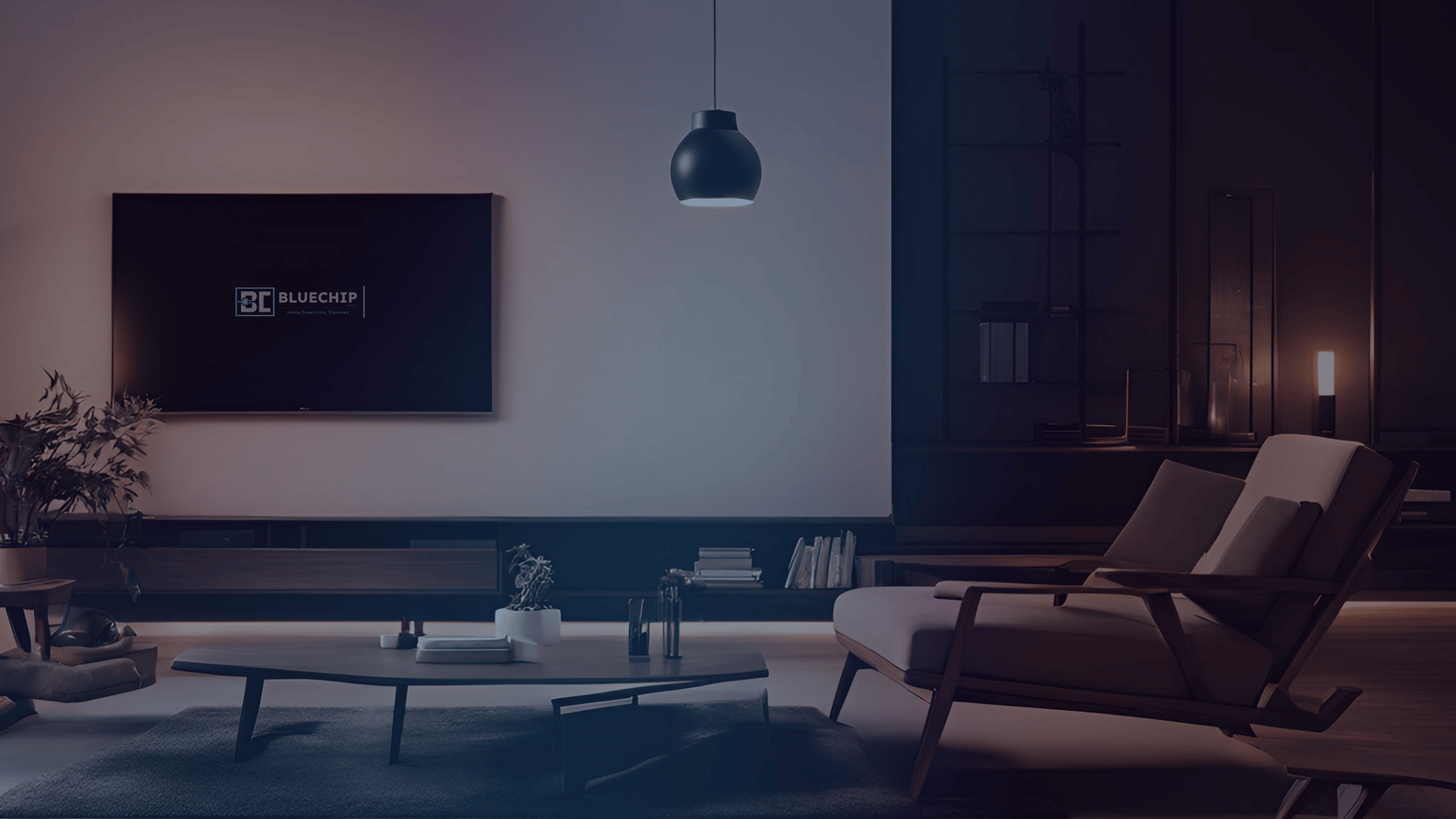
Infrared vs. Induction vs. Gas: The REAL Winner for Your Modern Indian Kitchen? (2025 Smart Buyer's Guide!)
Share
The heart of every Indian home beats in the kitchen. And the cooktop? That's the engine driving countless delicious meals. For decades, the trusty LPG gas stove ruled supreme. But times are changing! Concerns about LPG cylinder costs, safety, and the desire for modern convenience have brought electric cooktops – specifically Infrared and Induction – into the spotlight. But which one is truly the smartest choice for your kitchen reality in places like Indore, Ahmedabad, or even a smaller town in rural Madhya Pradesh? Forget confusing jargon; let's have a real chat – comparing speed, safety, cost, and that crucial factor: will it work with your existing bartan (utensils)? This is your no-nonsense guide to picking the winning cooking tech for 2025.
Section 1: Meet the Contenders – How They Actually Cook Your Dal Makhani
-
LPG Gas Stove (The OG):
-
How it Works: Burns Liquefied Petroleum Gas to create an open flame that heats the cookware. Direct, visible heat.
-
Pros: Familiar, precise visual flame control, works with literally any cookware.
-
Cons: Rising LPG costs, safety concerns (leaks, open flame), heats up the kitchen, can be messy (soot, cleaning burners).
-
-
Induction Cooktop (The Magnetic Marvel):
-
How it Works: Uses electromagnetic fields to directly heat compatible (magnetic base) cookware. The cooktop surface itself doesn't get very hot.
-
Pros: Very fast heating, extremely energy efficient (little heat loss), very safe surface (cools quickly), easy to clean flat surface.
-
Cons: Only works with specific induction-compatible cookware (steel, cast iron with magnetic base). Aluminium, copper, glass, ceramic won't work. Can be more expensive upfront.
-
-
Infrared Cooktop (The Radiant All-Rounder):
-
How it Works: Uses halogen lamps or coils under a ceramic glass surface to generate intense radiant heat, which directly heats any cookware placed on top. The glass surface gets hot.
-
Pros: Heats up quickly, works with ALL types of flat-bottomed cookware (steel, aluminium, glass, ceramic, brass, copper – your existing pans!), easy-to-clean flat glass surface, no open flame (safer than gas), often more affordable than induction. Bluechip offers reliable Infrared Cooktop models designed for Indian kitchens.
-
Cons: The glass surface stays hot for a while after use (needs caution), potentially slightly less energy efficient than top-tier induction (but WAY more efficient than gas).
-
Section 2: The Great Indian Kitchen Cook-Off – Head-to-Head Comparison
(Use a simple table or clear bullet points for comparison)
| Feature | LPG Gas Stove | Induction Cooktop | Infrared Cooktop (e.g., Bluechip) |
| Speed | Moderate | Very Fast | Fast |
| Energy Efficiency | Low | Very High | High (Better than Gas) |
| Running Cost | High (LPG Price Volatile) | Low (Electricity) | Low-Moderate (Electricity) |
| Safety | Lower (Flame, Leak Risk) | Very High (Cool Surface) | High (No Flame, Hot Surface) |
| Cookware Compatibility | Excellent (Any) | Poor (Magnetic ONLY) | Excellent (Any Flat Base) |
| Ease of Cleaning | Moderate (Burners, Spills) | Very Easy (Flat Surface) | Easy (Flat Surface) |
| Heat Control | Good (Visual Flame) | Excellent (Precise Digital) | Good (Digital/Knob Control) |
| Kitchen Heat | High | Very Low | Low-Moderate |
| Initial Cost | Low-Moderate | Moderate-High | Moderate |
Key Takeaway: Infrared hits a fantastic sweet spot! It offers the modern convenience, safety, and easy cleaning of electric cooking, BUT without the major limitation of Induction – it works with the pots and pans you already own! This is a HUGE deal for most Indian households.
Section 3: Infrared Deep Dive – Why It Might Be Your Kitchen's New Best Friend
-
The Utensil Freedom Advantage: This is Infrared's superpower. No need to throw out your favorite aluminium kadai, glass bowl, or copper-bottomed patila. If it has a flat bottom, it likely works. Massive savings and convenience!
-
Safety First: No open flames, no gas leak worries. While the surface gets hot, built-in safety features (like auto-cutoffs on models like Bluechip's) add peace of mind, especially with kids around.
-
Faster Than Gas, Easier to Clean: Heats up noticeably faster than LPG. And cleaning? A simple wipe down of the smooth glass surface beats scrubbing gas burners any day.
-
Energy & Cost Sense: While top Induction might edge it out slightly in pure efficiency tests, Infrared is significantly cheaper to run than relying solely on increasingly expensive LPG cylinders. It's a practical, cost-saving upgrade.
-
Precise Cooking: Digital controls on many models allow for more consistent temperature settings than guessing with a gas flame, great for specific recipes.
Section 4: Smart Infrared Jugaad – Tips for Peak Performance
-
Flat is Where It's At: Ensure your cookware has a perfectly flat base for maximum contact and efficient heating. Warped pans won't work well.
-
Match Pan to Zone: Use a pan size appropriate for the heating zone diameter indicated on the cooktop for best efficiency.
-
Clean Regularly: Wipe spills quickly once the surface cools to prevent burning on. Use ceramic cooktop cleaners for tougher stains.
-
Mind the Heat: Remember the glass stays hot! Use pot holders and keep flammable materials away until it cools down.
-
Power Check: Ensure your kitchen wiring can handle the wattage (usually 1500-2000W). May require a 15/16A power socket.
Section 5: Who Should Choose Which Cooktop in India?
-
Go for Infrared if: You want a safe, modern, easy-to-clean electric option without buying all new cookware; you value versatility and practicality; you're looking for a cost-effective upgrade from LPG. Perfect for most typical Indian households.
-
Go for Induction if: You prioritize maximum speed and energy efficiency; you are okay with investing in compatible cookware (or already have it); surface safety is paramount.
-
Stick with LPG Gas if: You absolutely need open flame cooking for specific techniques (like direct flame roasting phulkas – though workarounds exist for electric); electricity supply is extremely unreliable; initial cost is the absolute lowest priority.
Conclusion:
For the modern Indian kitchen balancing tradition, convenience, safety, and budget, the Infrared Cooktop emerges as a compelling winner. It bridges the gap perfectly, offering electric efficiency and safety while embracing the diverse cookware already present in our homes. It’s faster and cleaner than gas, more versatile than induction, and represents a smart, practical upgrade. Brands like Bluechip provide reliable and feature-rich Infrared options designed to make your daily cooking easier, safer, and more enjoyable. Ready to make the switch?

